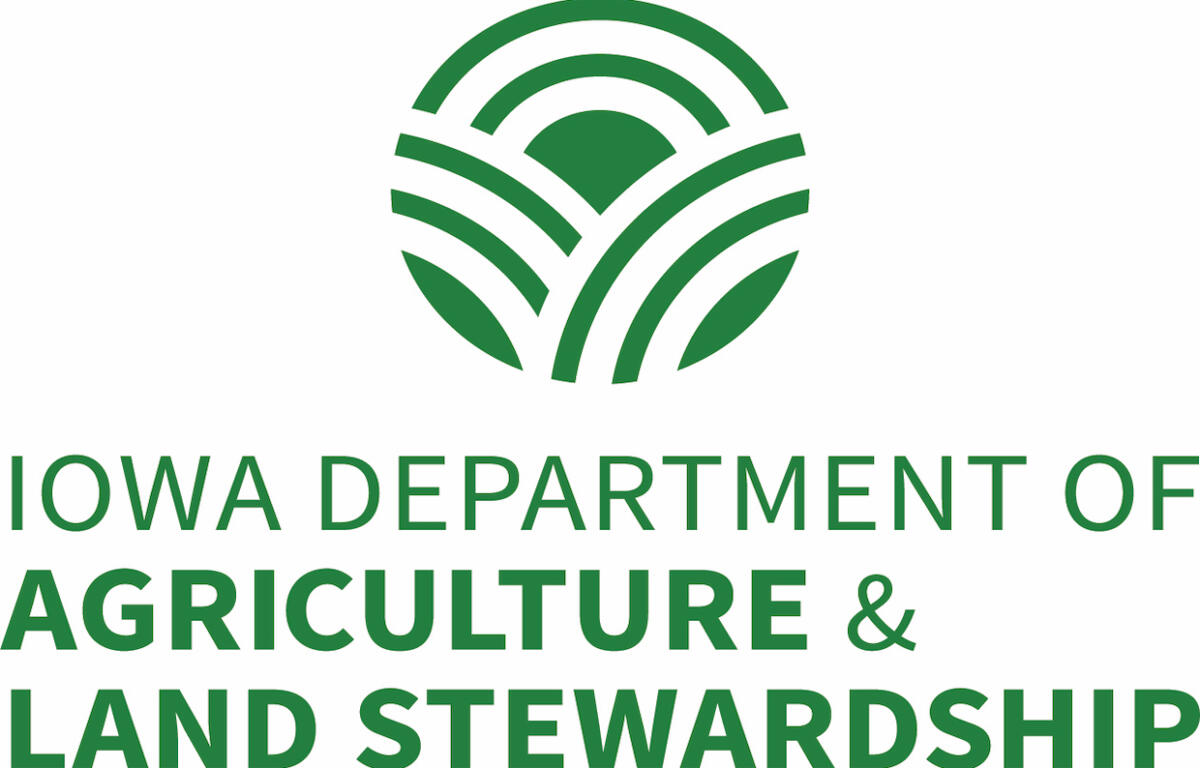Des Moines, IA (KICD) — There are now two confirmed cases of bird flu in Iowa dairy herds.
High Pathogen Avian Influenza has been a persistent threat in domesticated birds since the 2014 pandemic that greatly impacted flocks here in Northwest Iowa. In the past year there have been documented cases of HPAI in mammals – mainly small animals like racoons, foxes, and cats.
On March 25th, the USDA Animal Plant and Health Inspection Service (APHIS) confirmed the first case in Texas dairy cows. Cases were the in quick succession confirmed in Kansas, Michigan, New Mexico, Idaho, and Ohio. Exactly one month later on April 25th, a case was confirmed in Colorado. A case was confirmed in South Dakota on May 17th, and that state’s second case five days later – believed to be in the Southeast corner near the Iowa border.
Last week the first confirmed case in Iowa was revealed in O’Brien County Wednesday afternoon, the first case in Minnesota was announced Thursday morning in Benton, and Friday the Iowa Department of Agricultural and Land Stewardship announced the second case in Iowa – also here in our corner of the state – in Sioux County. There are 1,700 hundred animals on the O’Brien County farm, and 250 head in the infected Sioux County herd. We do not know the number of animals testing positive.
With Wednesday’s announcement IDALS said that the strain of flu affected dairy was also present in a flock of laying hens in Sioux County.
With the second case now in our border, Iowa Ag Secretary Mike Naig announced that dairy farms in proximity to infected poultry farms will now be tested. That practice was already in place for poultry operations. Naig also said that his department will
- Authorize additional epidemiological strike teams to assist on site of both poultry and dairy farms hit by the disease.
- Provide additional USDA Wildlife Service personnel to survey disease in wildlife surrounding poultry and dairy operations.
- To accelerate state funding to research and enhance producer mitigation strategies.
Naig is also calling on the federal government to:
- Provide compensation for culled dairy cattle.
- Provide compensation for lost milk production
- To revise poultry indemnity tables to better reflect the fair market value of birds and eggs
- And to streamline the process for indemnity payments.
The Secretary says he will not restrict the interstate movement of dairy cattle, and because there is no concern about pasteurized milk, no restriction on the shipment of dairy products are anticipated. No decision has been made about allowing dairy shows this summer.
Reuters reported last week that all of these infected cows are not necessarily recovering, and quoted sources with several state health departments AND the USDA confirming that some cows have died, and others have been euthanized.
Veterinarian Dr. Russ Daly from South Dakota State University Extension tells Farm Journal’s Ag Day TV show that twelve animals did not recover on a 1,700 head operation and were culled, and another dozen were culled after they developed secondary infections like pneumonia because of weakened immune systems.



